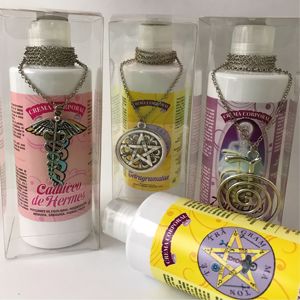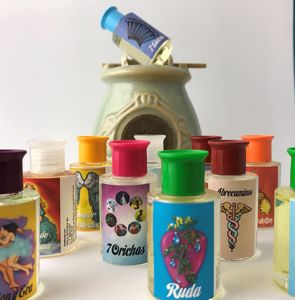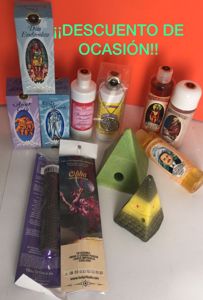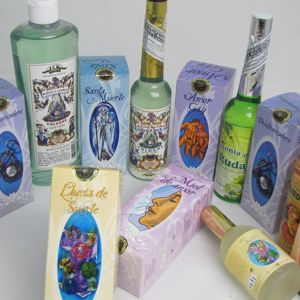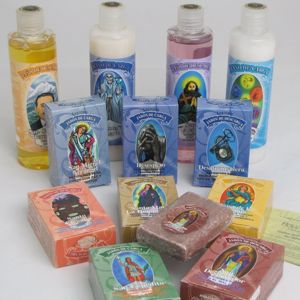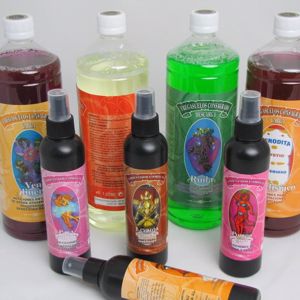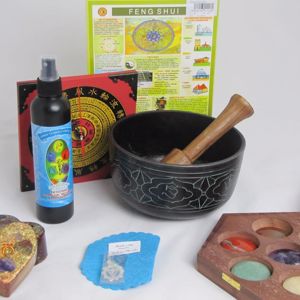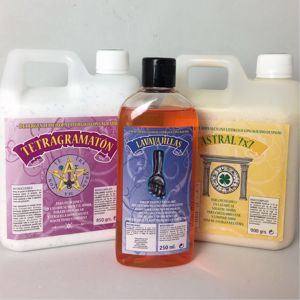Cosmetic chemicals play a crucial role in the formulation of beauty and personal care products. From skincare and haircare to color cosmetics, these chemicals are the building blocks that ensure efficacy, texture, stability, and appeal. While the term “chemical” might raise concerns among consumers, in the cosmetic world, it encompasses both natural and synthetic ingredients that undergo rigorous testing to meet safety and regulatory standards.
Types of Cosmetic Chemicals
Cosmetic formulations typically include a combination of active and inactive ingredients. Active ingredients, such as retinoids, alpha hydroxy acids (AHAs), hyaluronic acid, and salicylic acid, are responsible for delivering targeted results like anti-aging, exfoliation, hydration, or acne control. Inactive ingredients serve various functions — emulsifiers blend oil and water, preservatives prevent microbial growth, humectants draw moisture into the skin, and surfactants help with cleansing.
Fragrances and colorants are also significant cosmetic chemicals. While synthetic variants are common, the trend toward natural alternatives has gained momentum due to consumer demand for clean beauty.
Read More: https://www.marketresearchfuture.com/reports/cosmetic-chemicals-market-9825
Innovation Driving the Market
With advancements in cosmetic chemistry, new-generation ingredients such as peptides, ceramides, and bioengineered actives are transforming how products work on a cellular level. Green chemistry is also driving the shift toward eco-friendly production processes and biodegradable ingredients, minimizing the environmental footprint of cosmetic products.
Biotechnology is playing a role in producing sustainable ingredients like plant-based squalane or lab-grown collagen. These innovations provide not only performance but also a more ethical and sustainable supply chain.
Safety and Regulation
Cosmetic chemicals are subject to strict regulation by authorities like the FDA (U.S.), EU Cosmetic Regulation, and others around the world. Products undergo safety assessments, toxicity tests, and clinical trials to ensure they do not cause harm when used as directed. Additionally, labeling requirements ensure transparency, allowing consumers to make informed choices.
Future Outlook
The cosmetic chemicals industry continues to grow as consumers seek products that combine performance, safety, and sustainability. Clean-label formulas, multifunctional ingredients, and personalized skincare are driving research and innovation in the field.
In conclusion, cosmetic chemicals are much more than just components — they are the science behind beauty, enabling products to be both effective and enjoyable to use. As the industry evolves, expect to see a continued blend of chemistry, biology, and consumer consciousness shaping the future of beauty.
Types of Cosmetic Chemicals
Cosmetic formulations typically include a combination of active and inactive ingredients. Active ingredients, such as retinoids, alpha hydroxy acids (AHAs), hyaluronic acid, and salicylic acid, are responsible for delivering targeted results like anti-aging, exfoliation, hydration, or acne control. Inactive ingredients serve various functions — emulsifiers blend oil and water, preservatives prevent microbial growth, humectants draw moisture into the skin, and surfactants help with cleansing.
Fragrances and colorants are also significant cosmetic chemicals. While synthetic variants are common, the trend toward natural alternatives has gained momentum due to consumer demand for clean beauty.
Read More: https://www.marketresearchfuture.com/reports/cosmetic-chemicals-market-9825
Innovation Driving the Market
With advancements in cosmetic chemistry, new-generation ingredients such as peptides, ceramides, and bioengineered actives are transforming how products work on a cellular level. Green chemistry is also driving the shift toward eco-friendly production processes and biodegradable ingredients, minimizing the environmental footprint of cosmetic products.
Biotechnology is playing a role in producing sustainable ingredients like plant-based squalane or lab-grown collagen. These innovations provide not only performance but also a more ethical and sustainable supply chain.
Safety and Regulation
Cosmetic chemicals are subject to strict regulation by authorities like the FDA (U.S.), EU Cosmetic Regulation, and others around the world. Products undergo safety assessments, toxicity tests, and clinical trials to ensure they do not cause harm when used as directed. Additionally, labeling requirements ensure transparency, allowing consumers to make informed choices.
Future Outlook
The cosmetic chemicals industry continues to grow as consumers seek products that combine performance, safety, and sustainability. Clean-label formulas, multifunctional ingredients, and personalized skincare are driving research and innovation in the field.
In conclusion, cosmetic chemicals are much more than just components — they are the science behind beauty, enabling products to be both effective and enjoyable to use. As the industry evolves, expect to see a continued blend of chemistry, biology, and consumer consciousness shaping the future of beauty.
0




